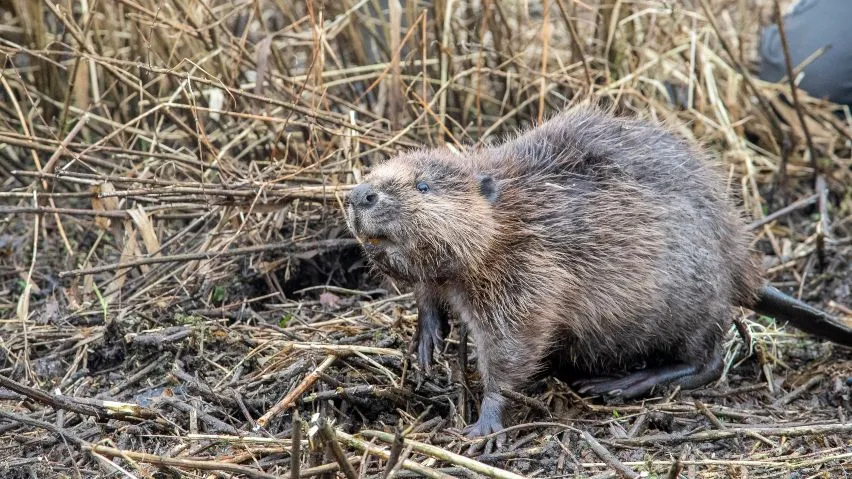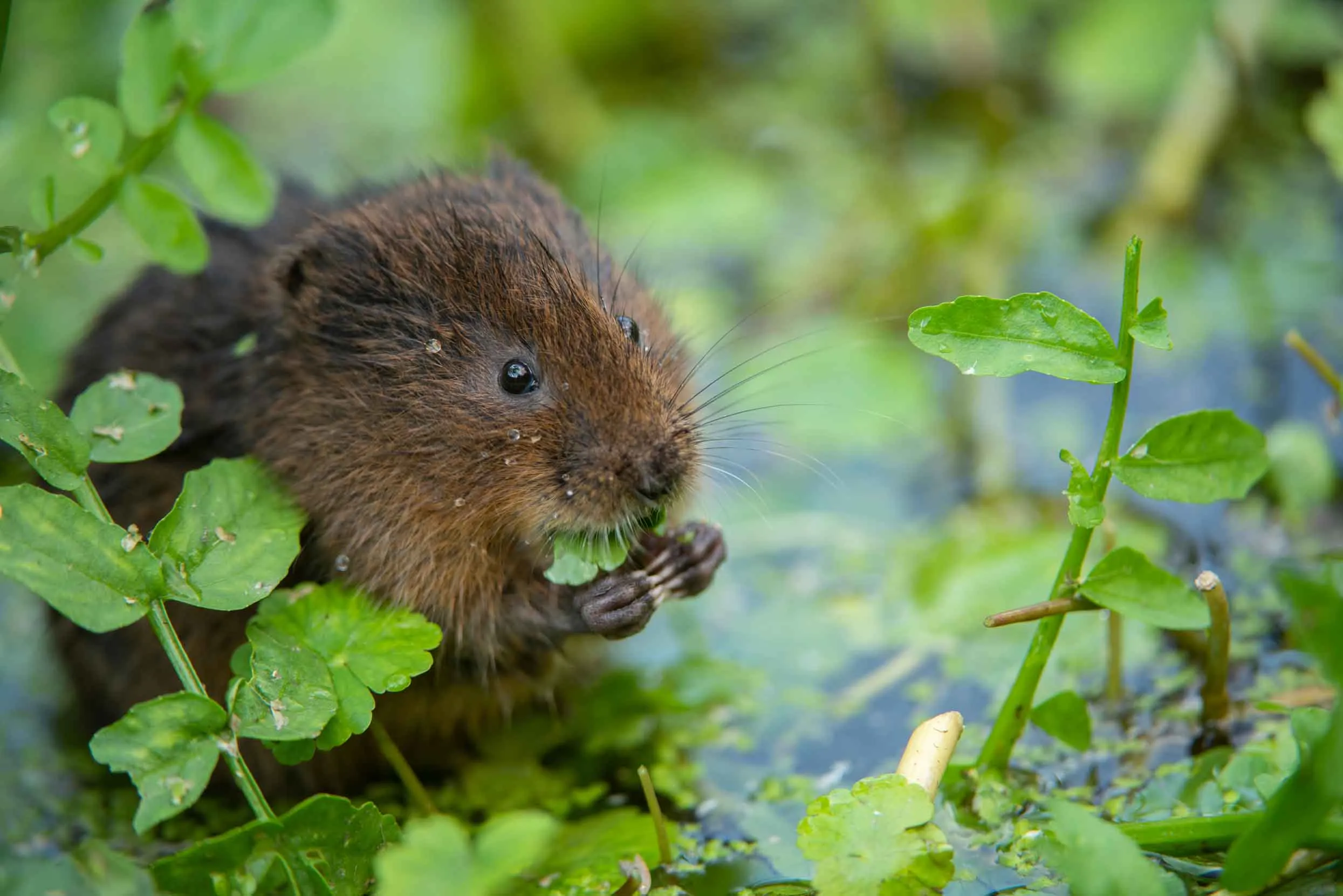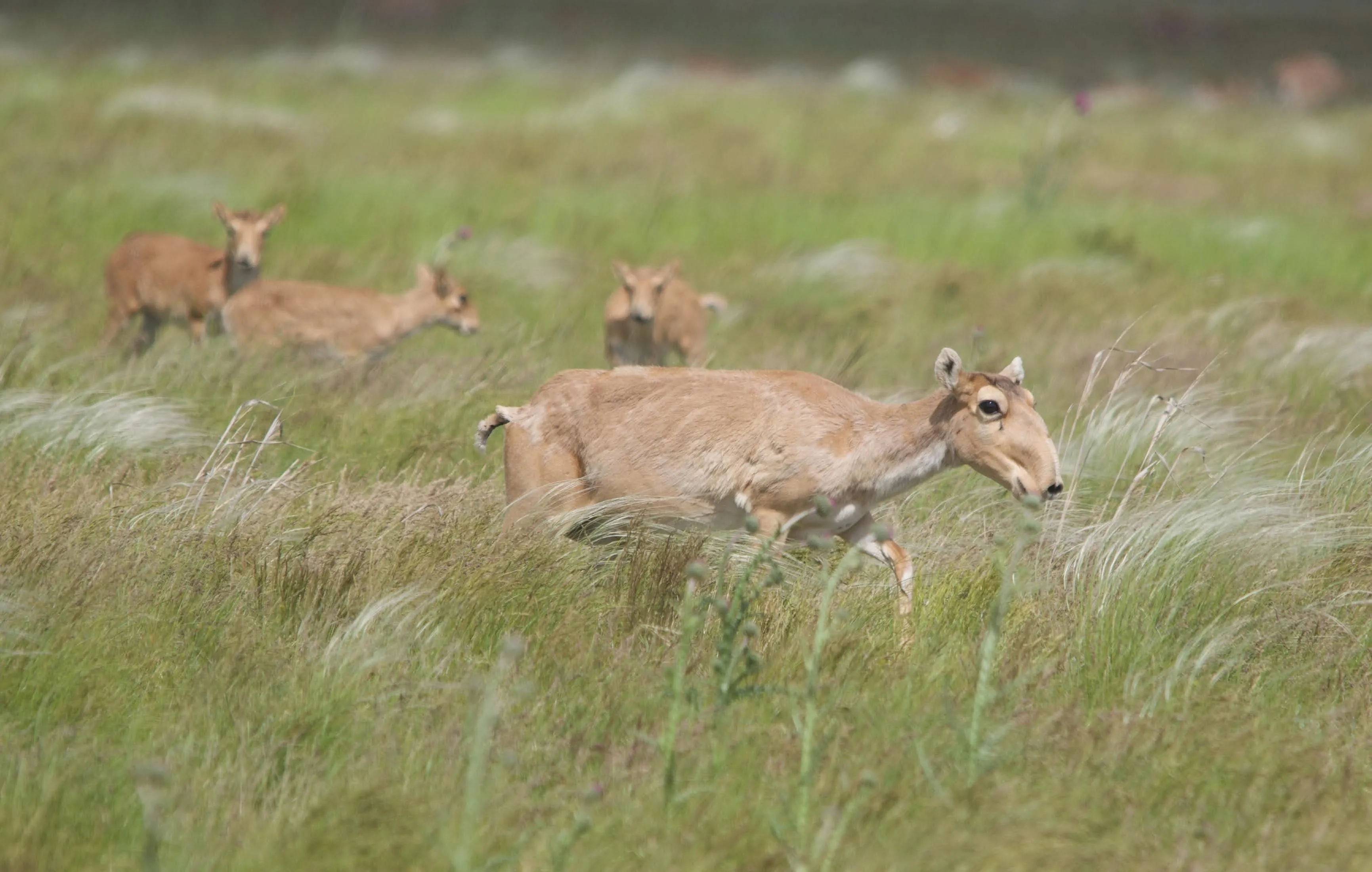News
Why we’re heading to Oxford: A hopeful future for nature and farming
Farmers flock to Oxford next week - we’ll be there to champion our hopeful vision for the future.
Need a new year shot of good news? Here are our top five conservation success stories from the last 12 months.

We know much of the nature we love is in real trouble. But there are some great reasons to be hopeful. The last year has shown again that when we take action to protect and restore nature, our wonderful wildlife can bounce back. Here are our top five conservation success stories from the last 12 months.
Beavers are back beavering away on Loch Lomond after decades of hard work by scientists, policymakers and conservationists. Seven Beavers - two adults and their five young – were released in January 2023, after many years of planning. Two more joined them in December to boost numbers.
The Beavers were moved to the national park from an area where they were causing some disruption. Their engineering skills mean they will now bring a huge number of benefits to their new home, such as creating different types of habitat for other wildlife to live and feed.
.jpg)
Water Voles have returned to the Lake District, burrowing away into the banks of Haweswater. These lovable mammals are famously known as 'Ratty' in Kenneth Grahame's classic children's tale, The Wind in the Willows. But in the last century they’ve disappeared from 94% of rivers, streams, lakes and other wetland habitats where they once thrived, including the Lake District. This has been caused by habitat loss, pollution and predation by invasive non-native American Mink.
After a huge amount of work to get the conditions right, 204 Water Voles were released around Haweswater, which is managed by the RSPB and United Utilities, shortly after 161 water voles were rehomed on the nearby Lowther Estate. Their release is a result of a partnership project between Eden Rivers Trust, The Environment Agency and the Cumbria Connect programme.

Here’s a great stat - there are now more seabirds nesting on the island of Lundy in the Bristol Channel than at any time since the 1930s. In the summer, the island is now home to 25,000 Manx Shearwaters as well as more than 1,300 Puffins. There are also 150 pairs of Storm Petrels, a tiny species that only arrived on the island in 2014. The huge boost in numbers is a direct result of rats being finally eradicated from the island.
The rats, which arrived on Lundy as stowaways on ships over many decades were removed in a partnership led by the RSPB, Natural England, the Landmark Trust and the National Trust.
Paul St Pierre, a conservation officer for the RSPB, said: “Partnership projects like this show just how much potential there is to restore species and landscapes on an incredible scale.
“If we can restore over 30,000 birds to one small island in the Bristol Channel, just imagine how much could be achieved if everyone came together to restore nature right across the UK.”

Big news for Corncrakes in Scotland which have seen their first rise in numbers in five years. This year 870 calling males of these shy, rare birds were recorded by the RSPB, up from 828 the previous year. As a red-listed species, this takes Scotland’s Corncrake population back to levels not seen since 2019. It’s still a lot lower than the 2014 high of 1,282 calling males, but the increase is hoped to be a turning point in their recovery.
Much of the success is through working with local communities in Corncrake areas through the Corncrake Calling project. This has increased the quality and the quantity of suitable Corncrake habitat and Corncrake-friendly land management practices in key places for these birds, while still delivering benefits for farmers, crofters and landowners.

In Kazakhstan the Saiga Antelope has seen a dramatic recovery in numbers – from a perilous low in 2005 of just 39,000 to today’s estimated population of nearly 2 million. The comeback of these slightly odd-looking creatures with a floppy nose, a shaggy coat and horns has happened because of a huge effort to restore the population by the Kazakh and other governments, research organisations and national and international NGOs including the RSPB. The increase in numbers over the last two decades means the antelope has moved from being classed as critically endangered to near threatened on the IUCN red list of threatened species.
Katie-Jo Luxton, the RSPB’s director of conservation, said, “As a real testament to our ongoing joint efforts, the recovery of Saiga antelope in Kazakhstan shows just what is possible when you bring together a range of nations, organisations and authorities to work at the scale needed to tackle the nature crisis across the globe.”

These are just some of the projects the RSPB is involved with all around the world to help protect and restore nature. You can find out about some of the other ways we’re helping to save nature here.